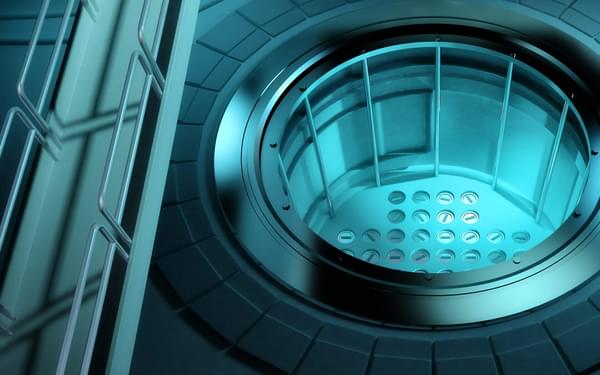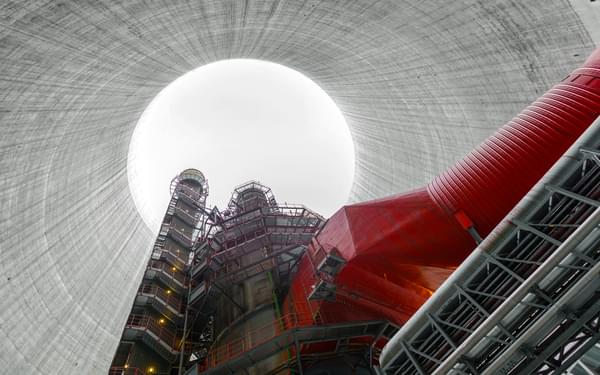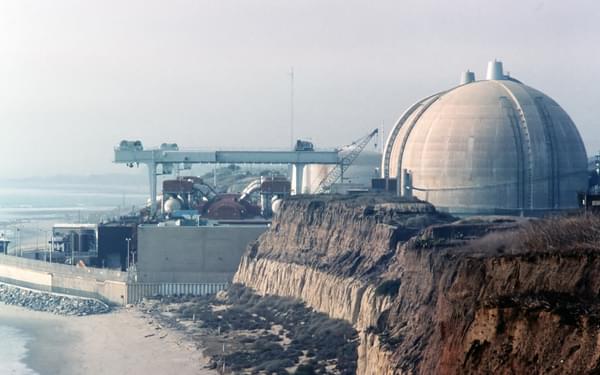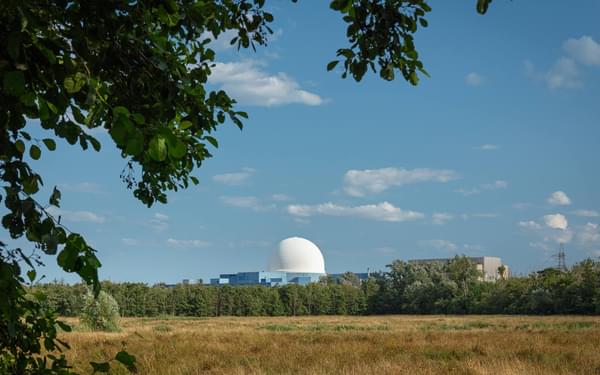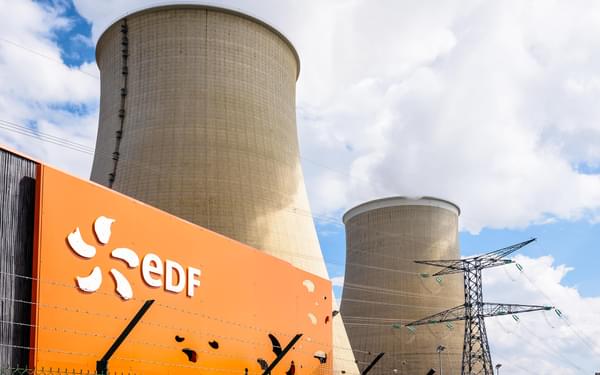Modelling to achieve regulatory compliance for the safe transportation of radioactive materials
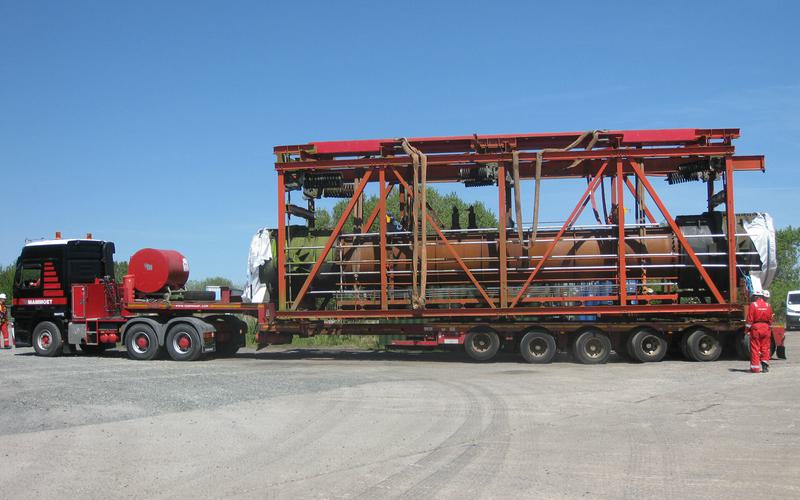
As part of the decommissioning process of a former Magnox power station, our nuclear specialists delivered a technical assessment to support the safe transportation of 840 tons of radioactively contaminated metal from Scotland to Sweden.

Through a process of complex computational analysis and radiological assessments, our nuclear sector specialists demonstrated the regulatory compliance of transporting a significant volume of radioactively contaminated metal as unpacked Surface Contaminated Objects (SCO). This enabled the optimised disposal of a complex legacy waste from the Chapelcross nuclear power station.
As part of the decommissioning process of this former Magnox power station in south west Scotland, Cyclife UK Ltd. (Cyclife), a key player in nuclear waste management and decommissioning, were responsible for treatment of 840 tons of radioactively contaminated metal wastes in the form of heat exchanger top ducts and associated peripherals. The project involved a trans-frontier shipping agreement that enabled the multi-modal consignment of the waste and saw the top ducts loaded onto 16 specialised road trailers for an initial 273km road consignment, followed by consignment by sea to Cyclife’s nuclear licensed metallic waste treatment facility in Nyköping, Sweden.
With the challenge of the multimodal journey and the fact that the physical size, shape and weight of the top ducts prevented the use of any radioactive waste container, we were commissioned to assess the levels of internal surface contamination in order to prove that the top ducts were compliant with the criteria for the transport of radioactive materials as unpackaged SCO in the relevant radioactive transport legislation.
Given that access to internal surfaces was precluded by the ducts being hermetically sealed, our computational analysis focused on modelling the levels of contamination present on the inner surfaces using in-situ external dose rate measurements.
Our approach was repeated to develop a worst-case inner surface contamination level for each item, with a resulting assessment confirming with suitable confidence that all top ducts were within the transport limits for unpackaged SCO. We also produced a catalogue of ‘Waste Characterisation Information forms’ for all items, facilitating the acceptance of waste at the Cyclife’s waste treatment facility in Nyköping, Sweden.
Our analysis enabled Cyclife, who are part of the EDF Group, to confirm that their strategy for multimodal transportation of the wastes as unpacked SCO did not exceed the criteria established by the European Agreement concerning the International Carriage of Dangerous Goods by Road (ADR). It also helped confirm that all the risks associated with transporting the items as unpacked SCO were fully understood and were no greater for an experienced operator like Cyclife than if the top ducts had been enclosed in a robust radioactive transport container.


